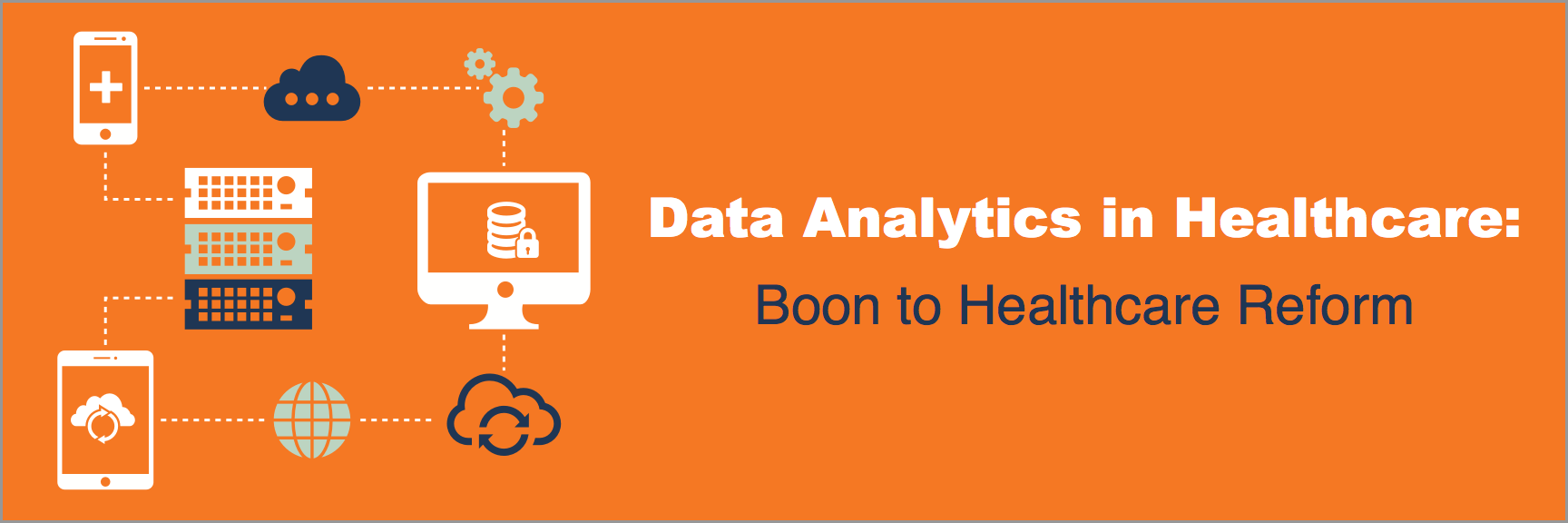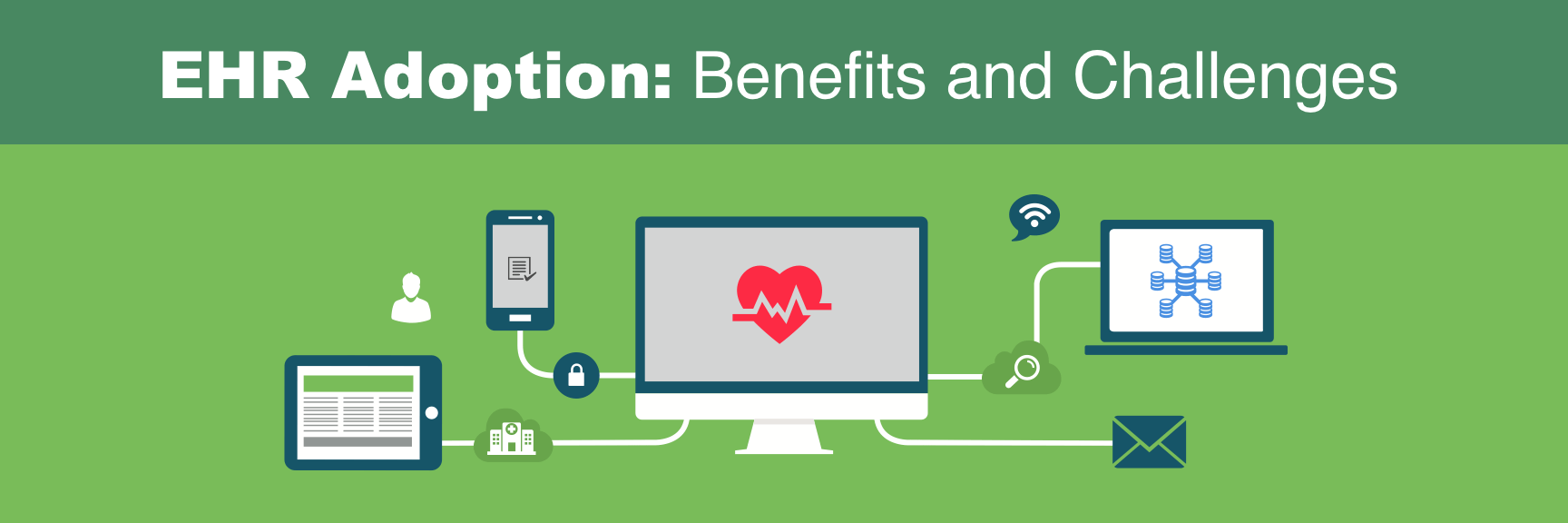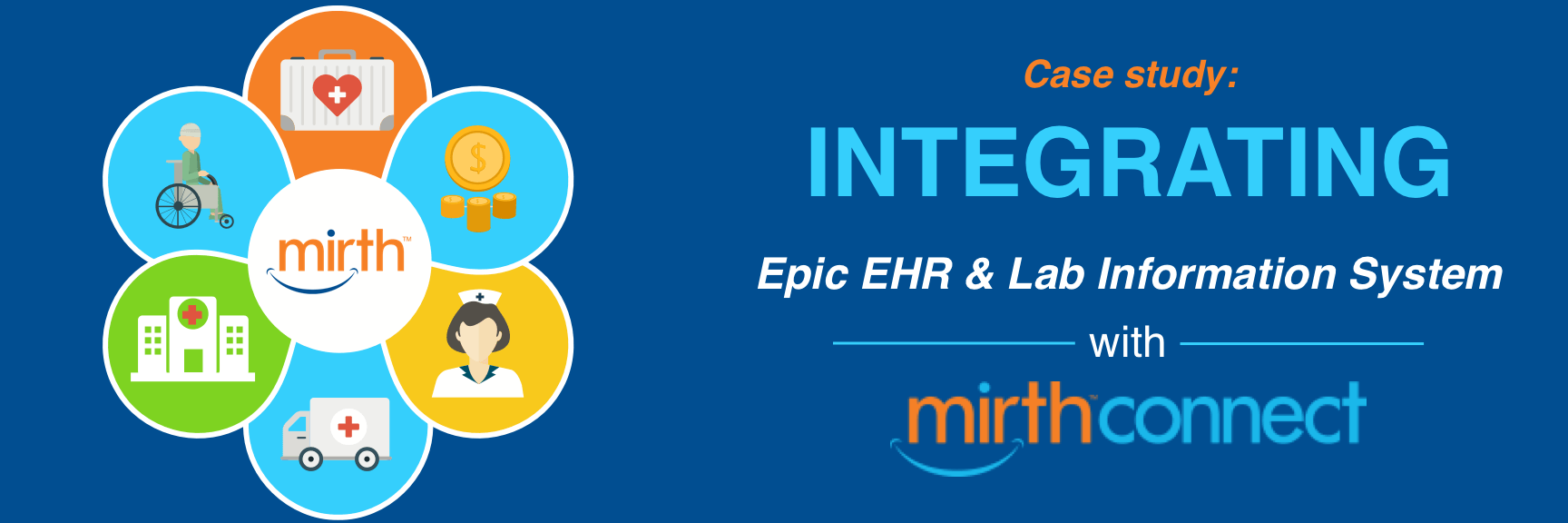2015 witnessed numerous healthcare trends that redefined the industry and opened newer avenues to patient engagement. While it is yet to see what changes 2016 will bring to healthcare, it would not be wrong to say that healthcare analytics will still remain one of the primacy focus. Although with digital health revolution underway, data pouring from digital medical records, mobile devices, wearables, Internet of things has created a data avalanche but data must be analyze effectively to generate meaningful insights which can help to improve operational performance and quality of patient care. Let’s look at the 10 trends in healthcare analytics which we expect to drive healthcare innovation in 2016 :
 Uniting quality indicators with clinical analytics
Uniting quality indicators with clinical analytics
Healthcare providers are now focusing on value-based care delivery model rather than a volume-based (fee-for-service) model. In order to be reimbursed, healthcare organizations need to report the clinical processes and performance measures to various quality and regulatory programs, like the Medicare Shared Savings and Pioneer ACO programs, in case of value based model. This implies that hospitals that provide high-quality care will receive higher payments as compared to those who provide lower-quality care.
To avoid the penalties, healthcare organizations need to align clinical, quality and financial analytics to drive operational performance and enable value based care. In order to act proactively and make timely decisions, care delivery teams are dependent on high-quality data. By uniting quality indicators with clinical analytics, healthcare organizations can unlock process improvement opportunities in real-time.
 Merging clinical and claims data to develop a clearer patient view
Merging clinical and claims data to develop a clearer patient view
Merging clinical data from EMRs (Electronic Medical Records) with claims data provides healthcare organizations insights they need to improve overall quality of care or solve complex clinical challenges. Merging clinical and claims data provides healthcare organizations with a more complete picture and delivers the insights needed to address their most complex challenges. It reduces unnecessary clinical procedures and also helps patients avoid hospitalization by identifying risk factors at the early stages. Also, the organizations that leverage the integration of clinical and claims data have a strong foundation for population health management.
 Leveraging cross-continuum analytics to enhance patient care
Leveraging cross-continuum analytics to enhance patient care
Previously, healthcare analytics were used to manage care within the four walls made of bricks and mortar. However, the healthcare reforms, including the arrival of payment reform and accountable care has led to a greater focus on care across the entire continuum.
Cross-continuum analytics help healthcare organizations find opportunities to simplify processes, reduce care delivery costs, and improve patient care. The analytics requires the integration of multiple, different clinical and operational systems. Healthcare organizations need access to accurate data on time across the entire continuum of care to turn that information into meaningful and actionable insights.
 Leveraging enterprise intelligence to improve decision making
Leveraging enterprise intelligence to improve decision making
Any form of data is useful unless it is transformed into actionable insights that impact the organization’s performance. Organizations with enterprise intelligence have access to the relevant clinical, operational and financial data that can be transformed into actionable information in order to improve both patient’s and the organization’s health. Enterprise intelligence provides transparency at an organizational level, which creates accountability for all stakeholders. It empowers employees and helps stakeholders foresee and measure best clinical practices and ideal outcomes.
 Leveraging reusable accelerators to achieve actionable data-driven insights quickly
Leveraging reusable accelerators to achieve actionable data-driven insights quickly
Interoperability between data systems is very important for the success of an organization. Data integration is crucial not only for making right business decisions, but it is also important to effectively engage with consumers. For healthcare organizations, analyzing data and turning it into actionable information is a great challenge. In most cases, data is located in different silos inside and outside of the organization, making it quite challenging to get a complete and clearer view of this information. Gathering data from critical sources, including EMRS, financial systems, and external data sources, including claims is important for enhancing patient experience.
Using an interface engine (IE) is the one way to integrate some of this data. An IE connects legacy systems by using a standard messaging protocol. A more complex way to integrate this type of data is through the extract, transform, and load (ETL) process. However, many organizations utilize reusable accelerators by reducing ETL time by more than 50%. These accelerators allow organizations to emphasize on delivering quick results by fast-tracking the time-to-value. Data is integrated much quicker, so executives can spend more time on making data-driven decisions rather than collecting data which puts a positive impact on the business.
 Using predictive analytics software to improve outcomes
Using predictive analytics software to improve outcomes
Predictive Analytics software skims valuable information from the current trends and patterns to determine the impact of market forces on healthcare organizations. The software scans through massive amounts of data and analyzes it to find patterns and predict outcomes. It helps healthcare organizations to reduce patient readmissions, increase the accuracy of patient diagnosis, deliver more targeted care to high-risk patients and provide better overall results for the patients they serve. Mobile and wearable technologies play a very crucial role in predictive analytics.
 Identifying skills and tools to transform large amount of data into meaningful insight
Identifying skills and tools to transform large amount of data into meaningful insight
Filtering through volumes of data is quite challenging for the organizations. In order to survive, they need to leverage the skills and tools in order to improve patient outcomes and operational efficiency. Previously, data analysts worked in isolation. However, today’s healthcare data administrators and analysts must be team-oriented and they must possess new tools to convert data into actionable insights that improve operational efficiency.
 Increasing control over ACO data and analytics
Increasing control over ACO data and analytics
Accountable Care Organizations (ACO) spend very little time in determining who owns the data. When it comes to the topic of data ownership, there are several opinions. Some will say patients own their own data while others believe providers and insurance companies own the data on their systems. All these scenarios make it quite challenging for ACOs to have a strategy in place and solve the issues of data ownership.
In an ideal world, data should be available to all stakeholders involved in the care process. Before combining existing systems or purchasing new ones, ACOs need to resolve the issues of ownership. Without an organization’s strategy and quality control mechanisms in place, the reliability and integrity of data within the ACO is likely to become compromised, which in turn affects patient care.
 Implementing a strong data governance strategy
Implementing a strong data governance strategy
Data governance refers to the overall management of enterprise data. It includes the people, processes, and information technology required to ensure data value, consistent quality and integrity, development, improvement and maintenance. The healthcare industry has taken “data governance” for granted for many years. However, with the rising expectations of better quality of care, healthcare organizations have now begun investing into data governance in order to efficiently manage enterprise data.
 Focussing on big data technologies
Focussing on big data technologies
Healthcare organizations are gradually realizing the importance of Internet of Things (IoT). The IoT devices such as wearables, medical devices and sensors are having an enormous impact on the company. The IoT generates a huge amount of structured and unstructured data which creates another challenge for healthcare providers to manage it. Skimming the valuable information out of IoT data and then making it interoperable with other source systems, such as EMRs and claims, is critical to generate a complete patient view.
From these trends, it’s confirmed that the healthcare industry will see tremendous growth in the coming years in terms of data analytics. Best healthcare practices will be followed by increased patient engagement.





